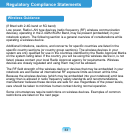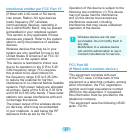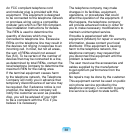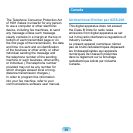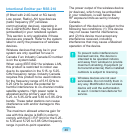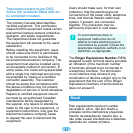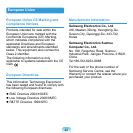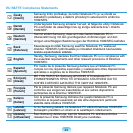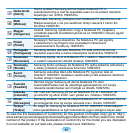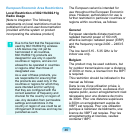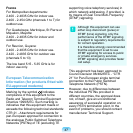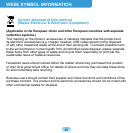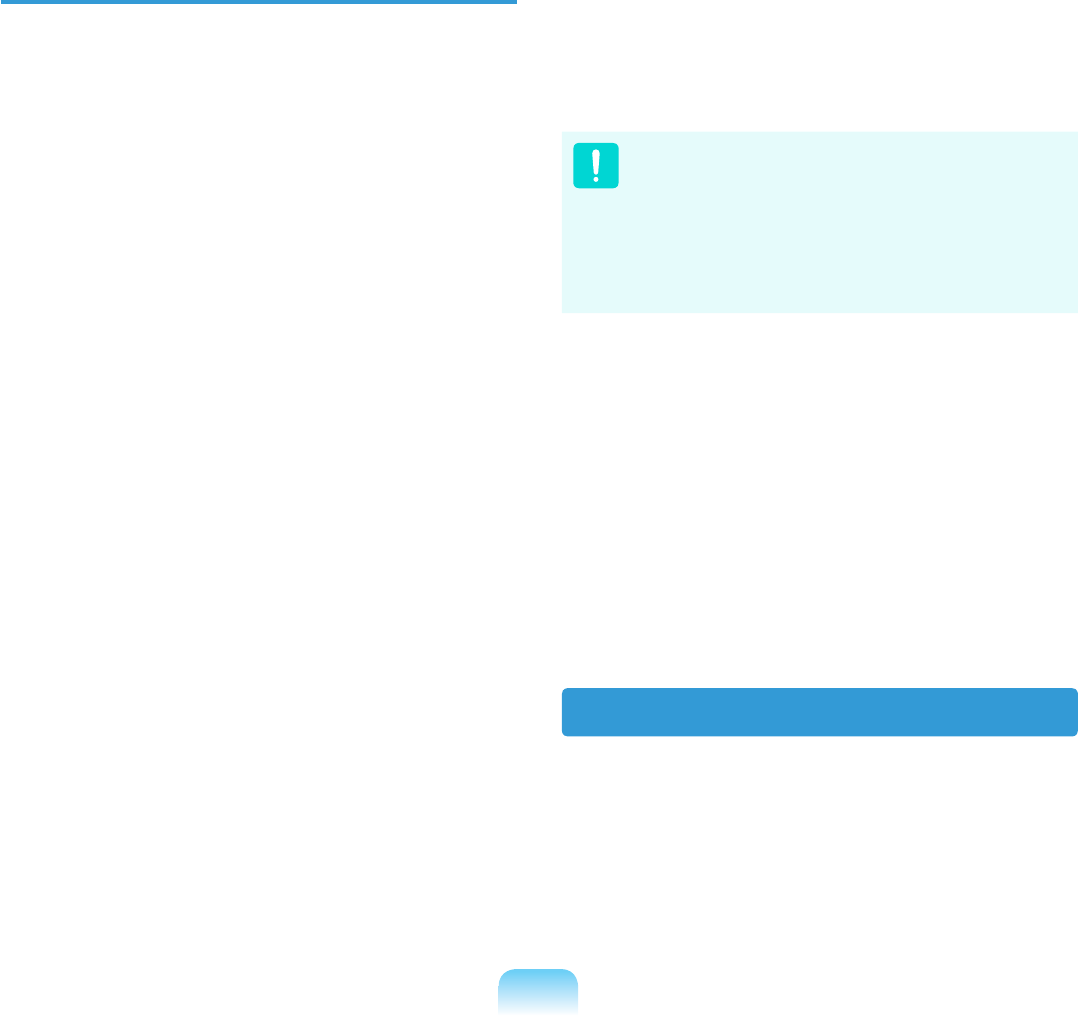
41
Telecommunications per DOC
notice (for products tted with an
IC-compliant modem)
The Industry Canada label identies
certied equipment. This certication
means that the equipment meets certain
telecommunications network protective,
operation, and safety requirements.
The Department does not guarantee
the equipment will operate to the users’
satisfaction.
Before installing this equipment, users
should make sure that it is permissible
to be connected to the facilities of the
local telecommunications company. The
equipment must also be installed using
an acceptable method of connection. In
some cases, the inside wiring associated
with a single-line individual service may
be extended by means of a certied
connector assembly. The customer
should be aware that compliance with
the above conditions may not prevent
degradation of service in some situations.
Repairs to certied equipment should
be made by an authorized Canadian
maintenance facility designated by
the supplier. Any repairs or alterations
made by the user to this equipment, or
equipment malfunctions, may give the
telecommunications company cause
to request the user to disconnect the
equipment.
Users should make sure, for their own
protection, that the electrical ground
connections of the power utility, telephone
lines, and internal metallic water pipe
system, if present, are connected
together. This precaution may be
particularly important in rural areas.
To avoid electrical shock or
equipment malfunction do not
attempt to make electrical ground
connections by yourself. Contact the
appropriate inspection authority or an
electrician, as appropriate.
The Ringer Equivalence Number (REN)
assigned to each terminal device provides
an indication of the maximum number
of terminals allowed to be connected to
a telephone interface. The termination
on an interface may consist of any
combination of devices subject only to the
requirement that the sum of the Ringer
Equivalence Numbers of all the devices
does not exceed 5.
Brazil
Este equipamento opera em caráter
secundário, isto é, não tem direito a
proteção contra interferência prejudicial,
mesmo de estações do mesmo tipo, e
não pode causar interferência a sistemas
operando em caráter primário.



